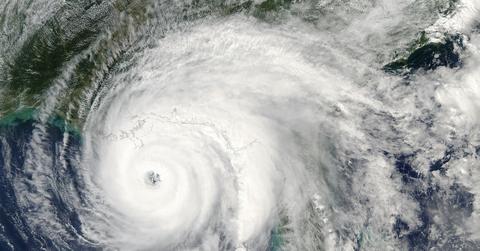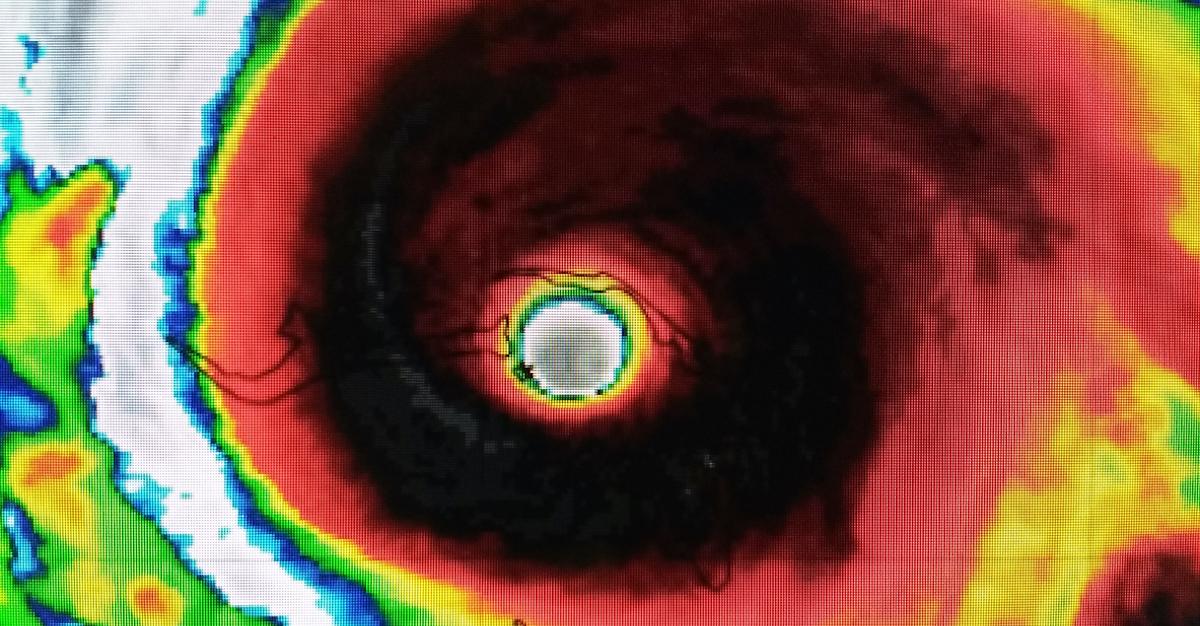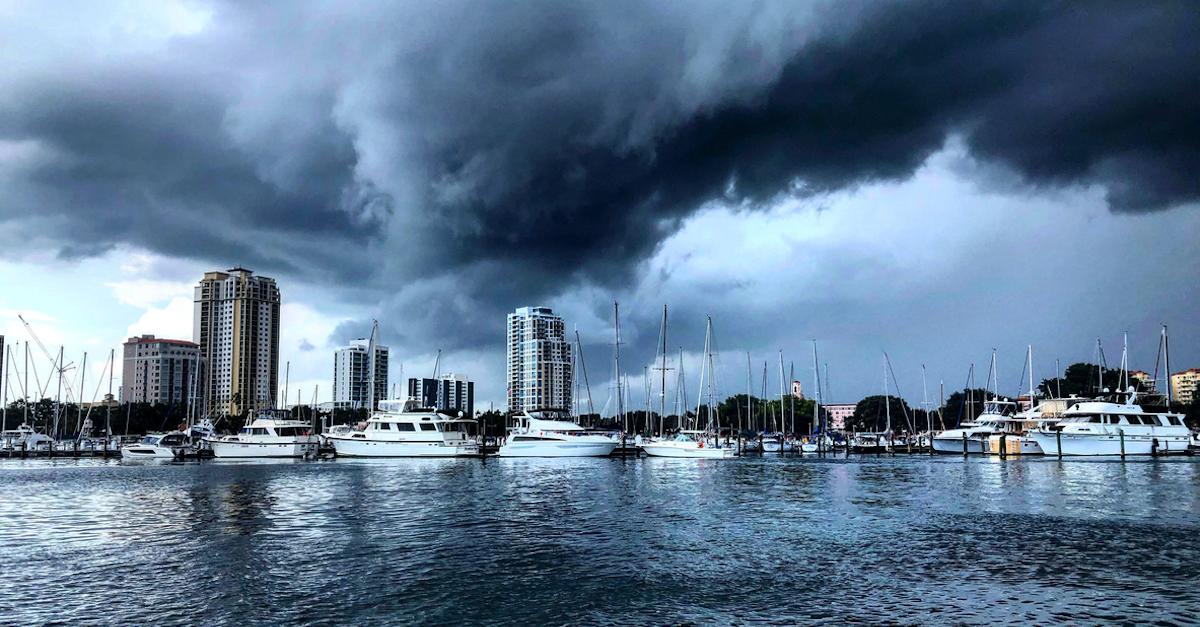Yes, Two Hurricanes Can Collide — and the Crazy Phenomenon Even Has a Name
The average hurricane season contains about 14 named storms and seven hurricanes.
Updated Sept. 25 2025, 10:40 a.m. ET

Hurricane season runs from June 1 to November 30, and some years, it can get really busy with hurricanes popping up all over the Atlantic Ocean, Gulf of Mexico, and Caribbean.
So, what would happen if two hurricanes crossed paths and collided?
It turns out, it has happened before — and the results were wild. Here is everything you need to know about the weather phenomenon that makes headlines every few years.

What happens when hurricanes collide? There are a few possible outcomes.
The prospect of the two storms joining forces is definitely harrowing, but apparently, it's happened on two previous occasions, according to WBRZ: once in 1933, and again in 1959.
So, what does this mean for coastal cities and areas susceptible to tropical storms?
Apparently, when two hurricanes cross paths, they don't quite "team up" to create one massive storm, as one might imagine.
They actually experience something called the Fujiwhara Effect, which was studied and founded by Sakuhei Fujiwhara. This effect shows what can happen when two hurricanes "collide."
Sometimes, they start "dancing" around a center area, sometimes creating an even larger windstorm. Yikes.
Other times, if one storm is stronger than the other, the smaller one will orbit around the larger storm until the larger storm absorbs it. However, if both hurricanes are somewhat close in strength, they will slowly gravitate towards each other, eventually reaching a common point, spin around each other, and ultimately part ways.
Therefore, the two storms never "join forces" at all.
"The Fujiwhara effect is uncommon in the Atlantic but can occasionally happen," noted WPLG-TV hurricane specialist Michael Lowry in a Substack post, per USA Today.
In September 2025, twin tropical systems that some models show heading in parallel tracks off the coast of Florida and the Southeast seemed to be in the perfect setup for the Fujiwhara effect.
However, it is unclear if Tropical Storm Humberto and a tropical wave that could be named Imelda if it strengthens will collide.
How are hurricanes formed? All of them form in the same exact way.
All hurricanes (aka tropical cyclones) are formed when warm, moist air rises up above the Atlantic or Pacific ocean from near the water's surface. Less air is left near the surface, which causes air containing higher air pressure from surrounding areas to start pushing into the low-pressure area.
This air then starts becoming moist and rising, as well.

With an influx of warm air continuing to rise, surrounding air starts swirling in its place, and while warm, moist air is rising and cooling off, the clouds begin to form. The clouds and wind start spinning together, and voila! We have a hurricane. NASA's satellites can then track the storms, and the wind speed ultimately classifies what level hurricane it will be.
According to NOAA and CSU, the average hurricane season between 1991 and 2020 contained about 14 named storms, seven hurricanes, and three major hurricanes (Category 3 and higher).